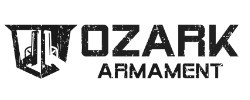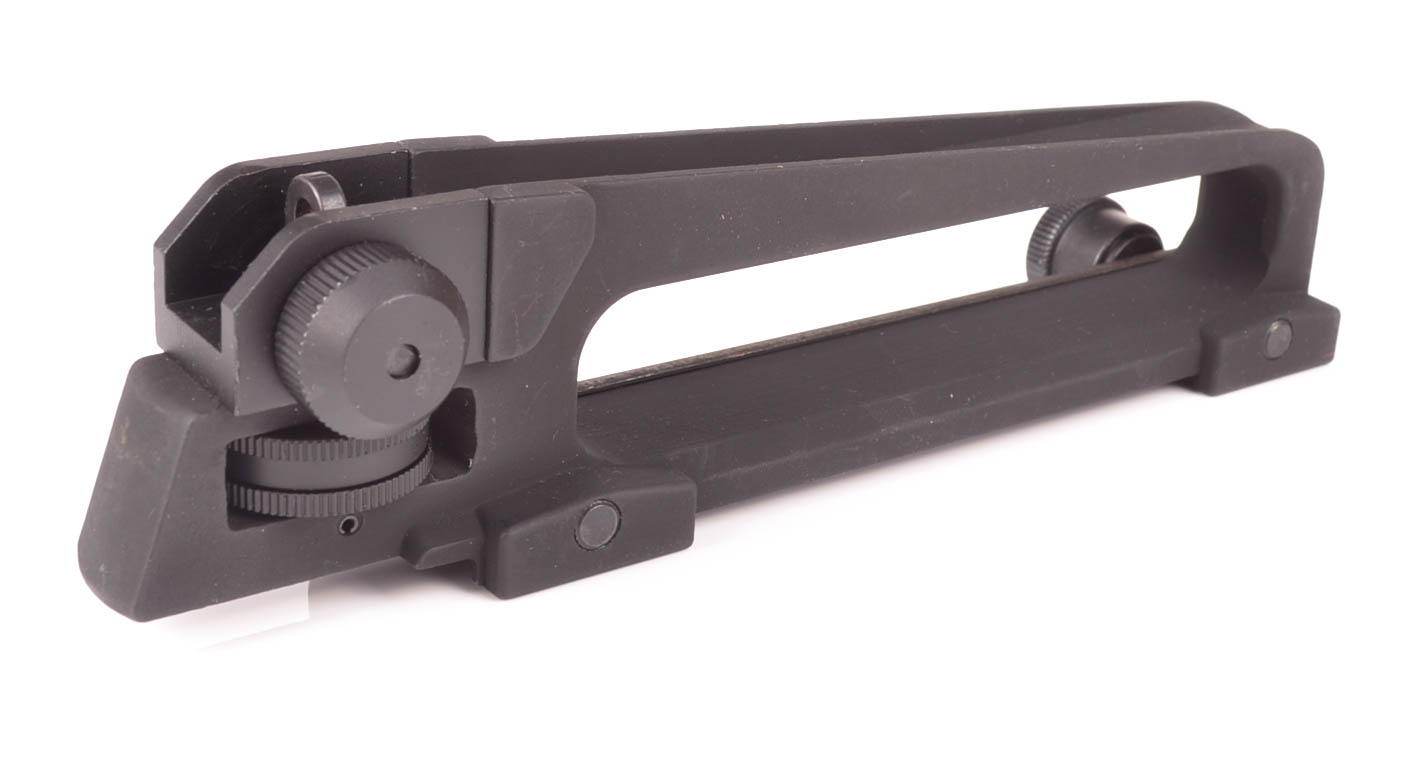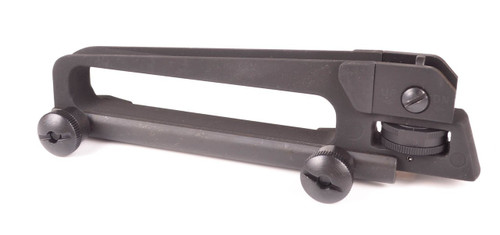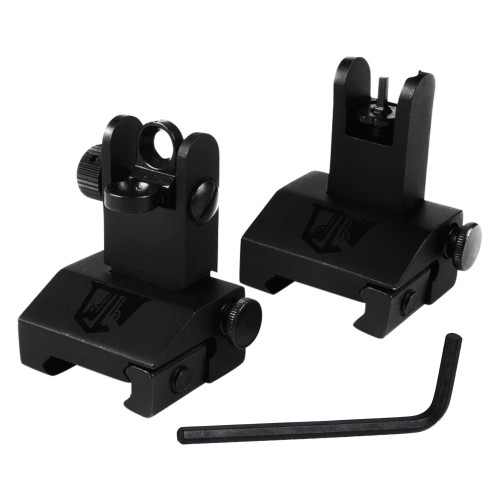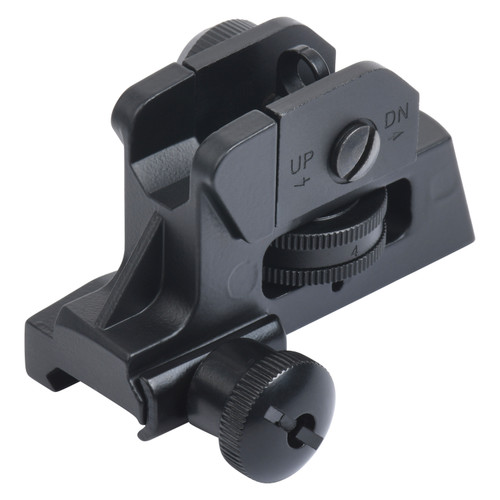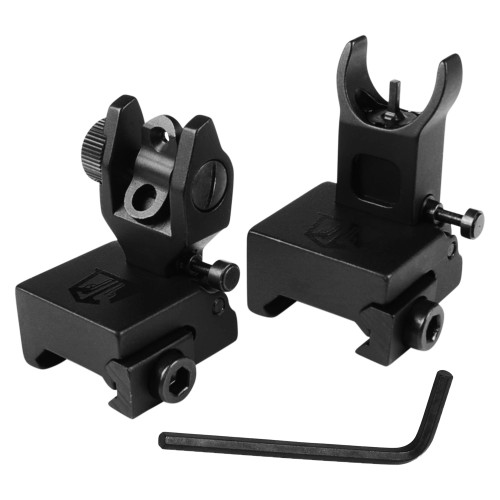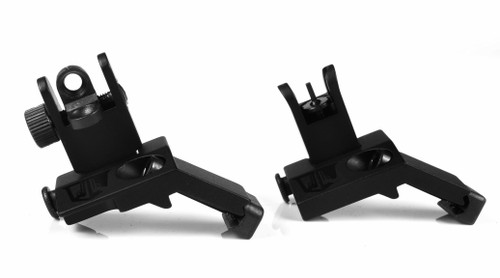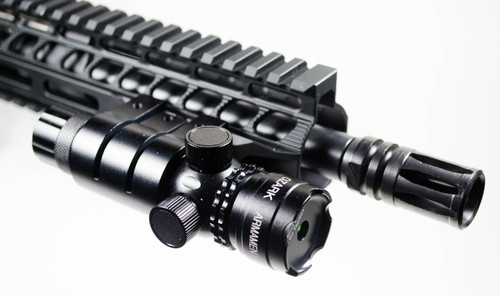Posted by Matt Rice on Feb 12th 2024
Step-by-Step Guide: How to Zero M4 Iron Sights for Perfect Accuracy
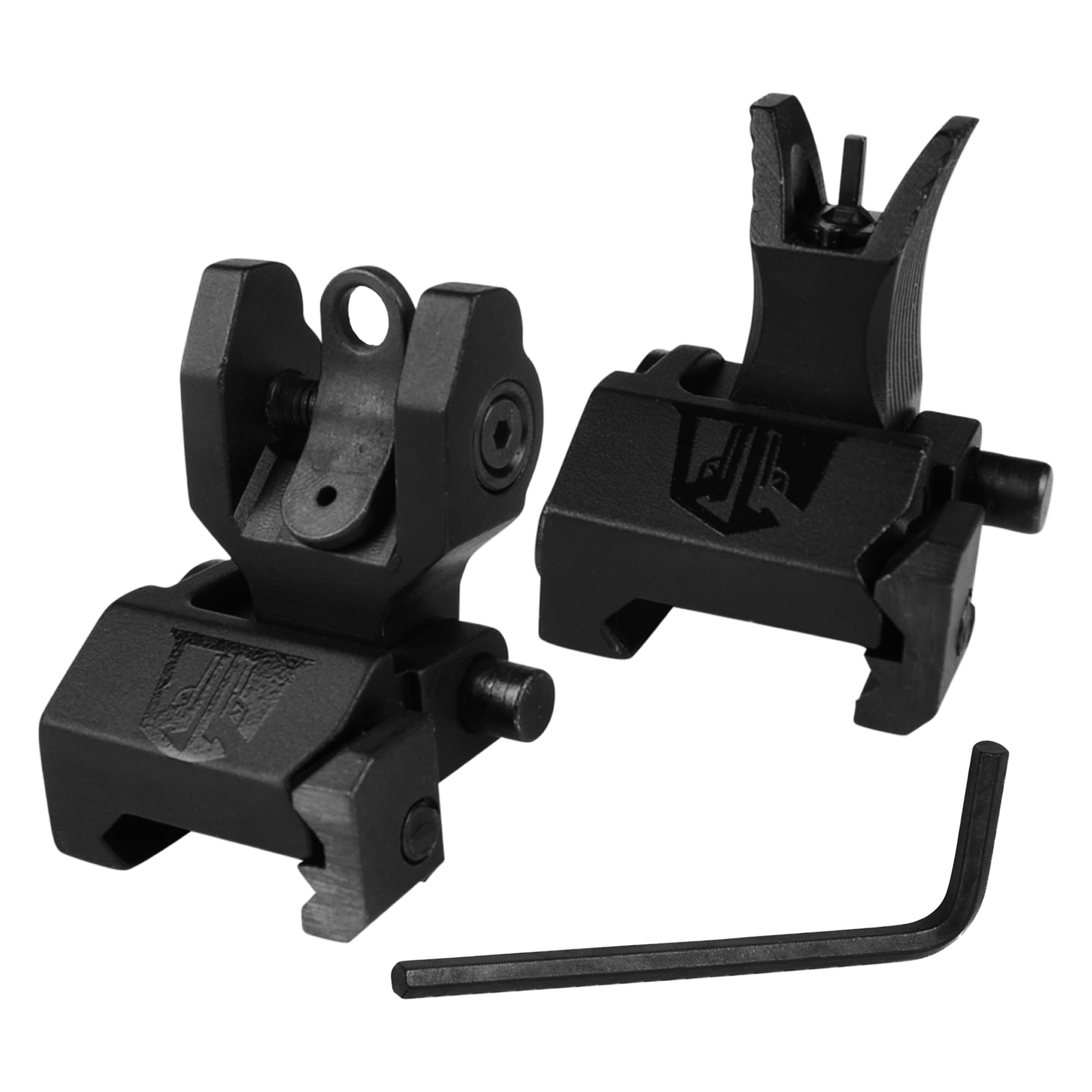
Hey there, fellow shooters! Ready to dial in those M4 iron sights like a pro? Let's cut through the BS and get you hitting bullseyes in no time.
Why Bother with Iron Sights?
Look, I get it. Fancy optics are cool, but M4 iron sights are the OG. They're tough as nails, never need batteries, and won't let you down when the chips are down. Plus, mastering irons like the the M4 Carry Handle Sight will make you a better shooter overall. Trust me on this one.
The Basics: What You Need to Know
Alright, let's break it down:
- Front Sight: This bad boy moves up and down to adjust elevation (how high or low your shots hit).
- Rear Sight: Handles windage (left and right adjustments).
- Zeroing: It's just fancy talk for making sure your sights are lined up so you hit where you're aiming.
Getting Started: Prep Work
Before we dive in, let's get our ducks in a row:
- Safety First: Triple-check that your M4 is unloaded. Seriously, do it.
- Clean That Beast: A dirty rifle is an inaccurate rifle. Give it a good scrub.
- Gear Up: Grab some targets (M4 25m zero target and NSSF Printable Targets are perfect you can also download and print an iron sight zero target from the NRA), ammo, and a front sight adjustment tool.
Step-by-Step: Let's Zero This Sucker
- align the sights so that front post in the rear aperture.
- Put the tip of the front sight right at the center of your target.
- Take a deep breath, let it halfway out, and hold it.
- Remember: Moving the front sight post UP lowers your shots. Weird, I know.
- For windage, move the rear sight in the direction you want your bullets to go.
- Each click is usually 1/2 MOA (about 1/2 inch at 100 yards). At 25m, that's roughly 1/8 inch per click.
Pro Tips from the Trenches
The Bottom Line
Zeroing your M4 iron sights isn't rocket science, but it does take practice. Stick with it, and you'll be nailing targets like a champ in no time. Remember, the more you shoot, the better you'll get at reading your sights and making quick adjustments.
Now get out there and make those targets cry!
ARTICLE WRITTEN BY MATT RICE, OWNER OPERATOR OF OZARK ARMAMENT
